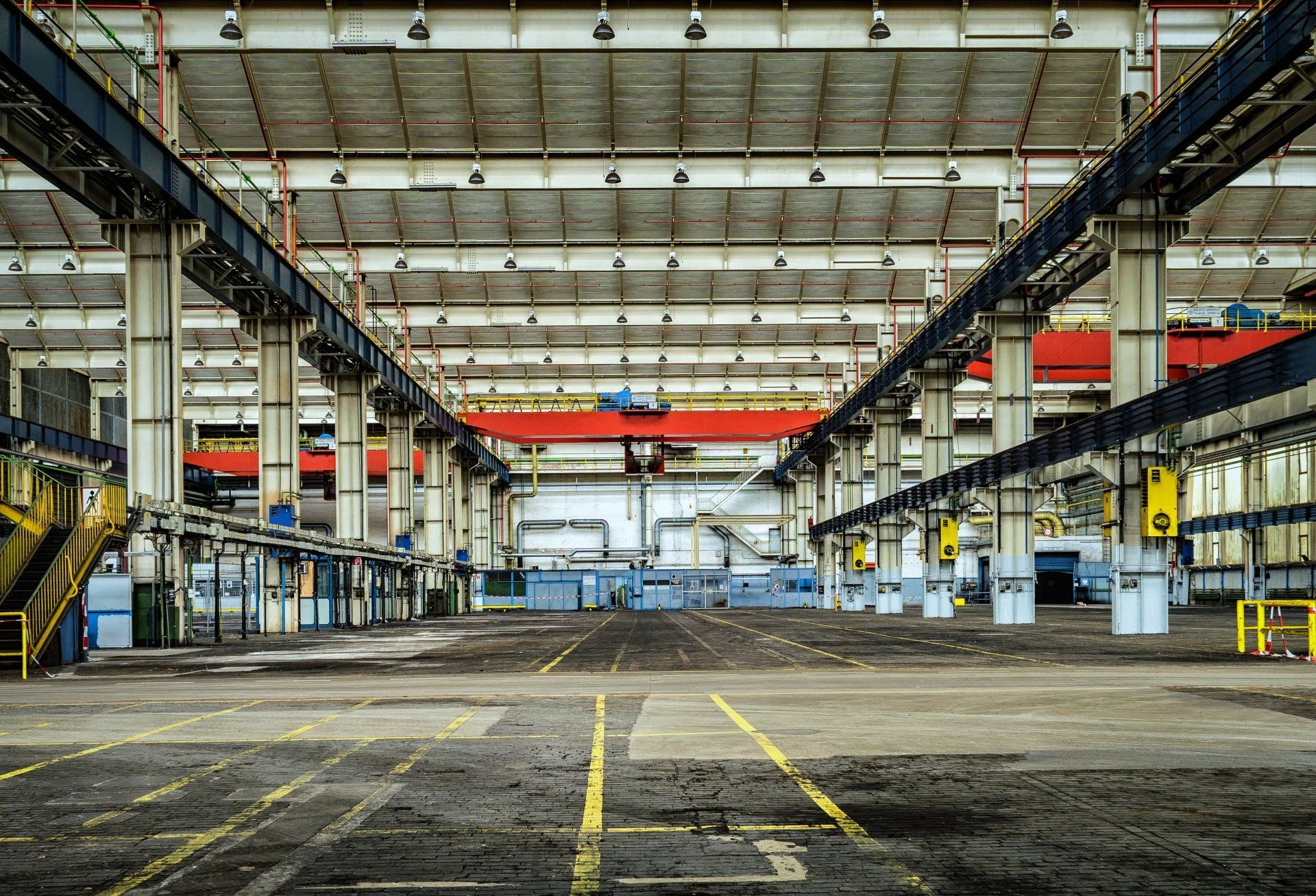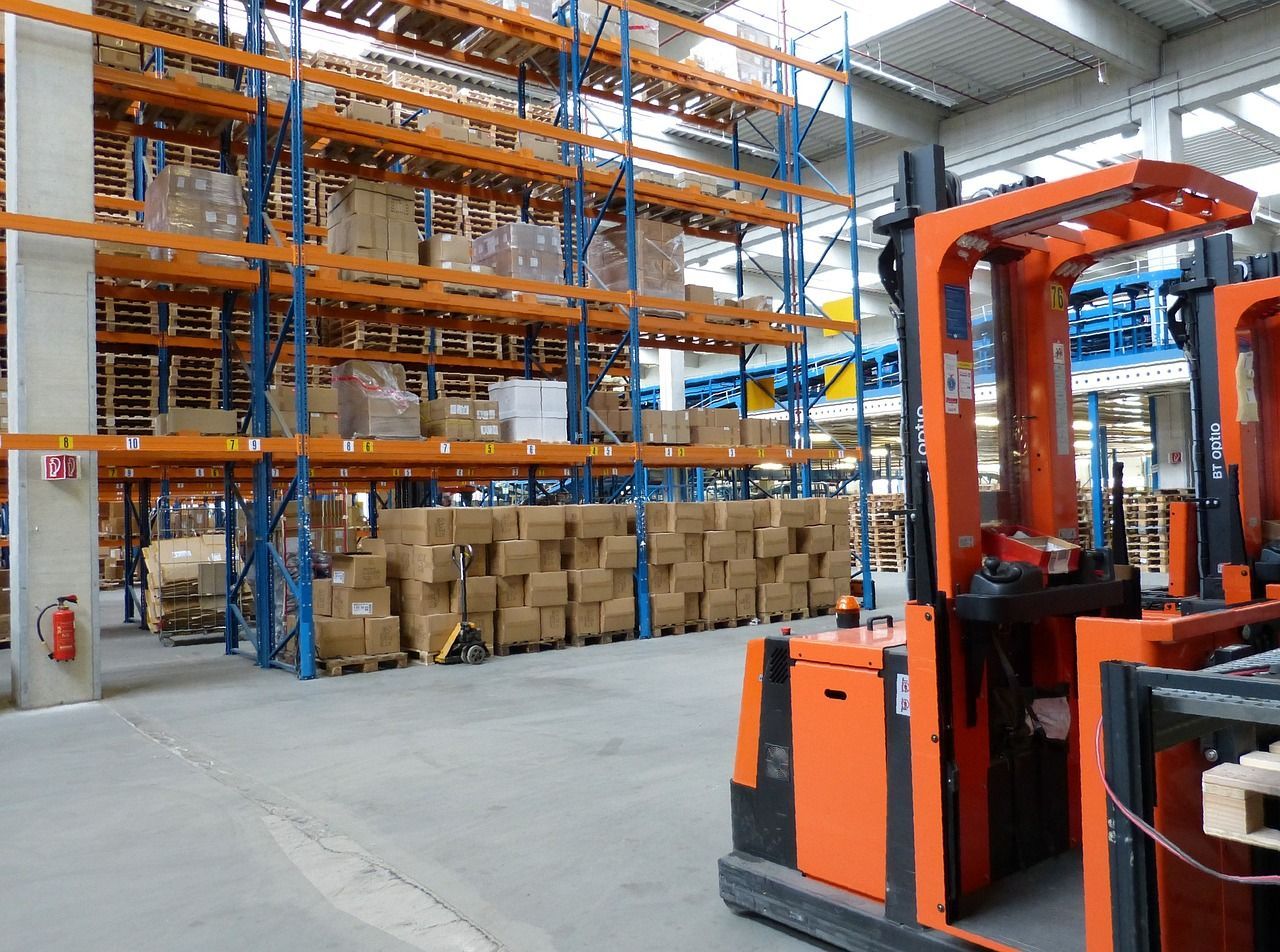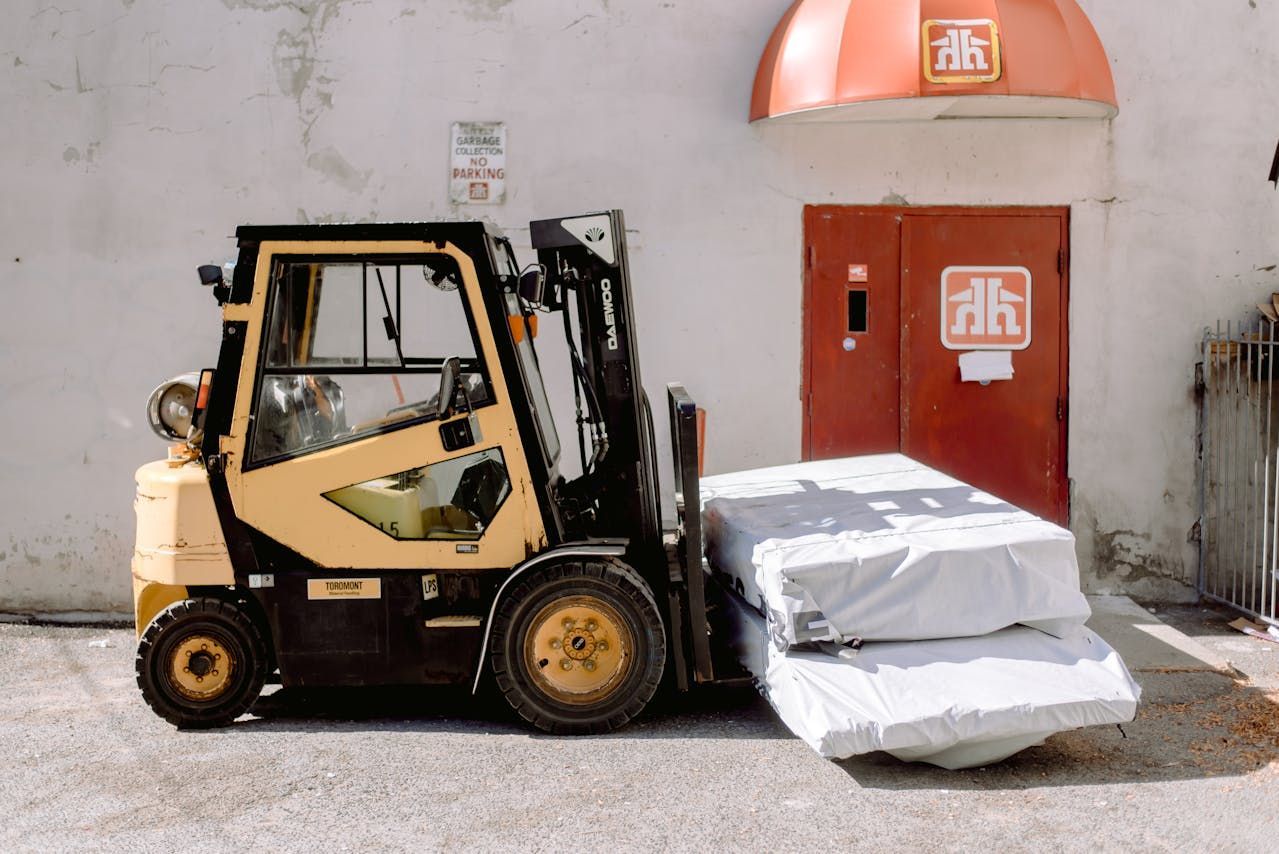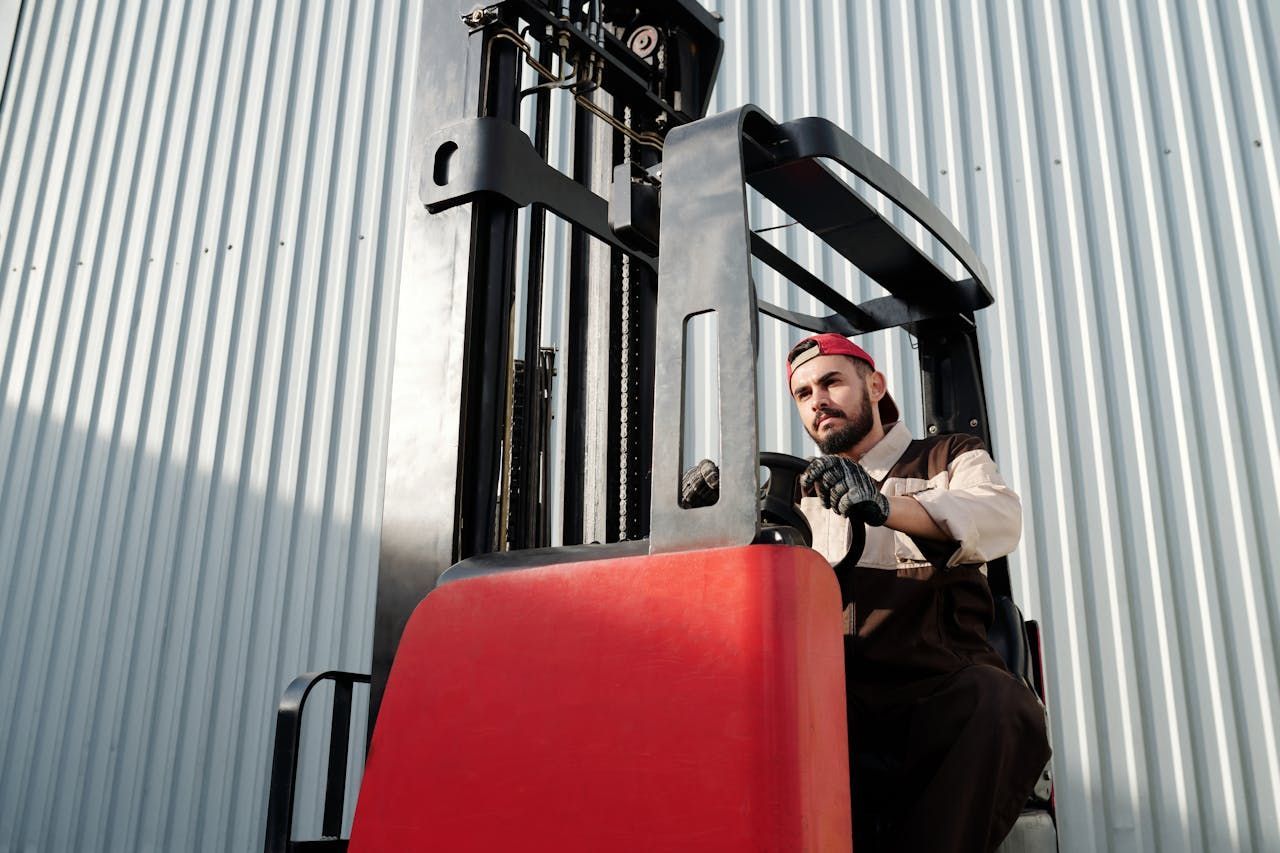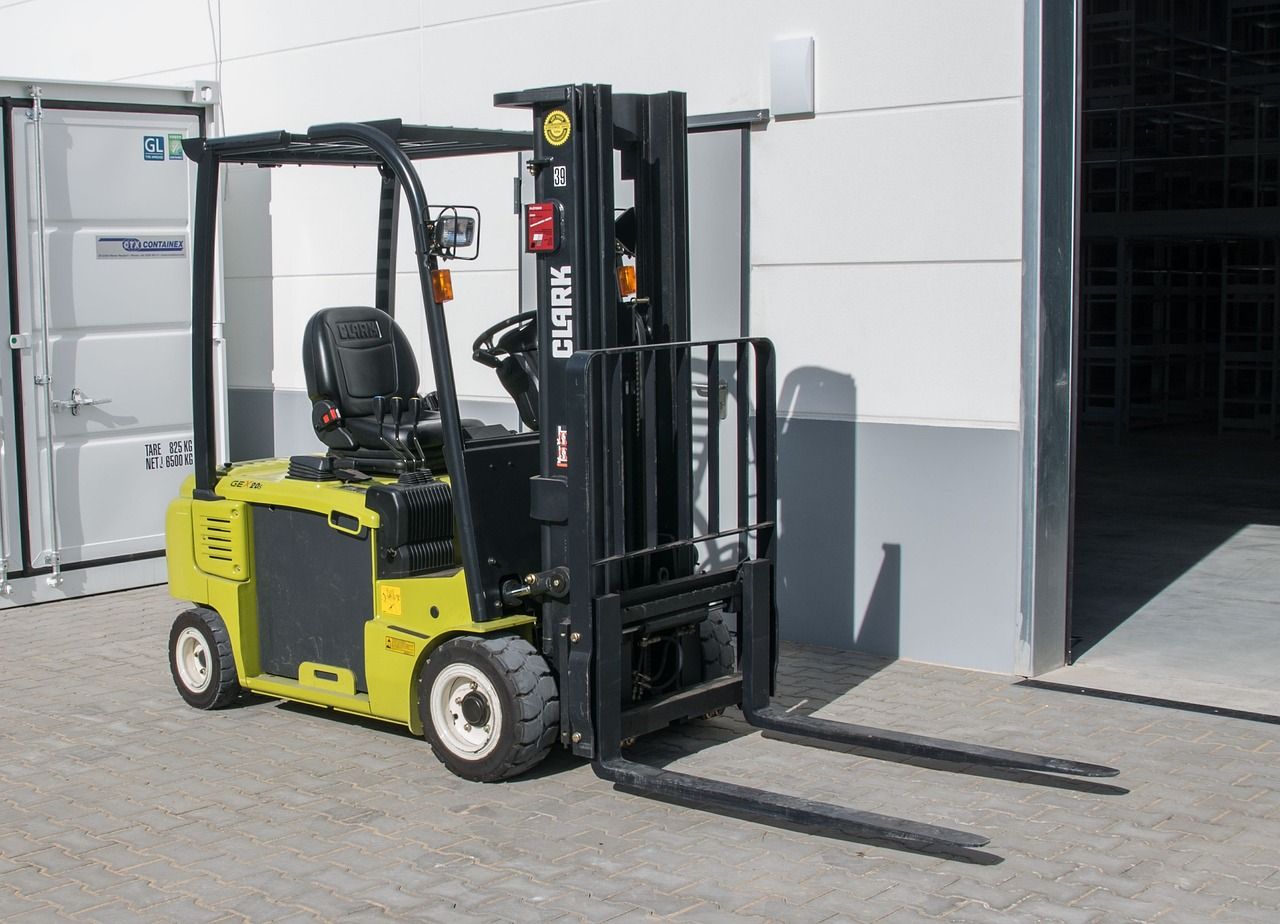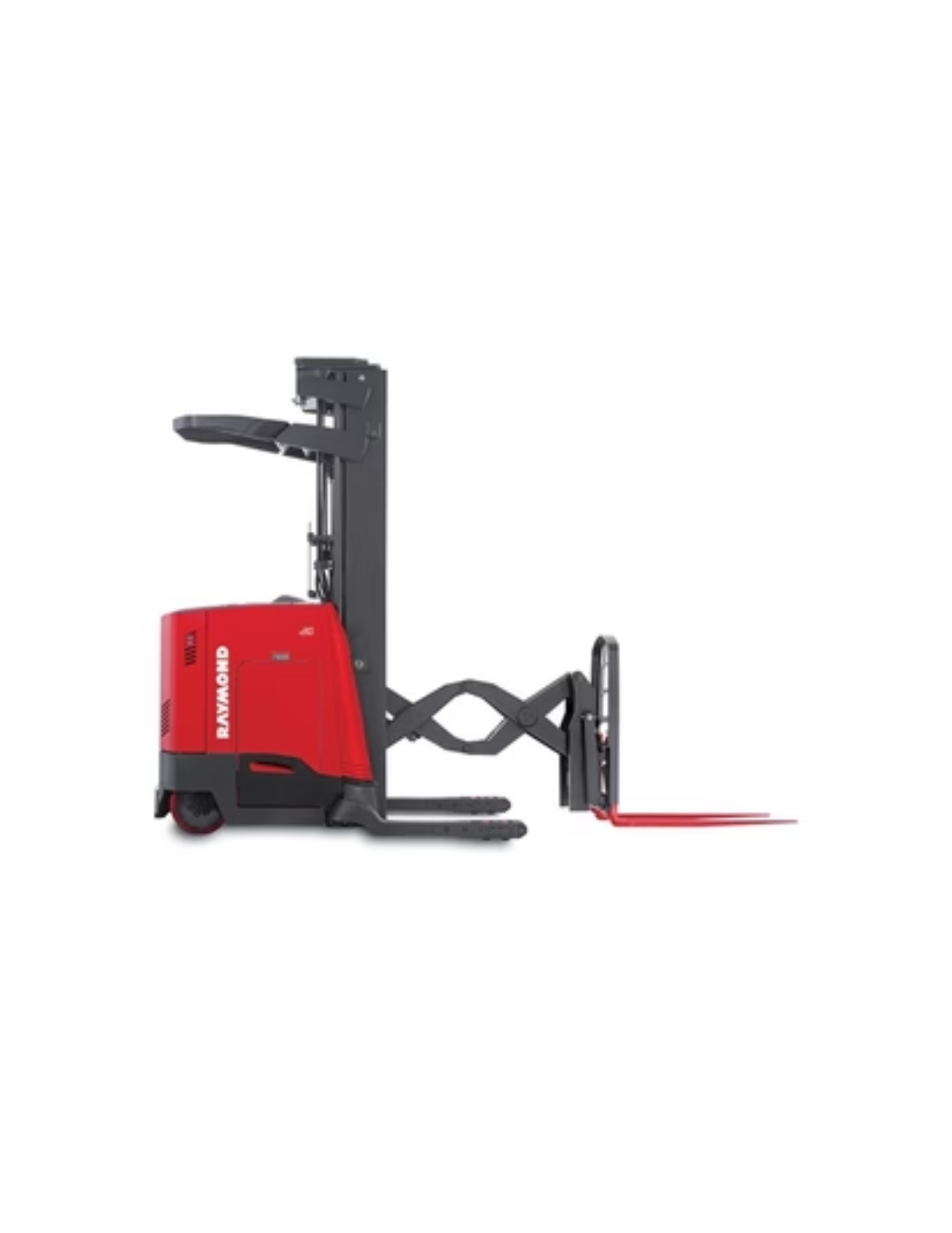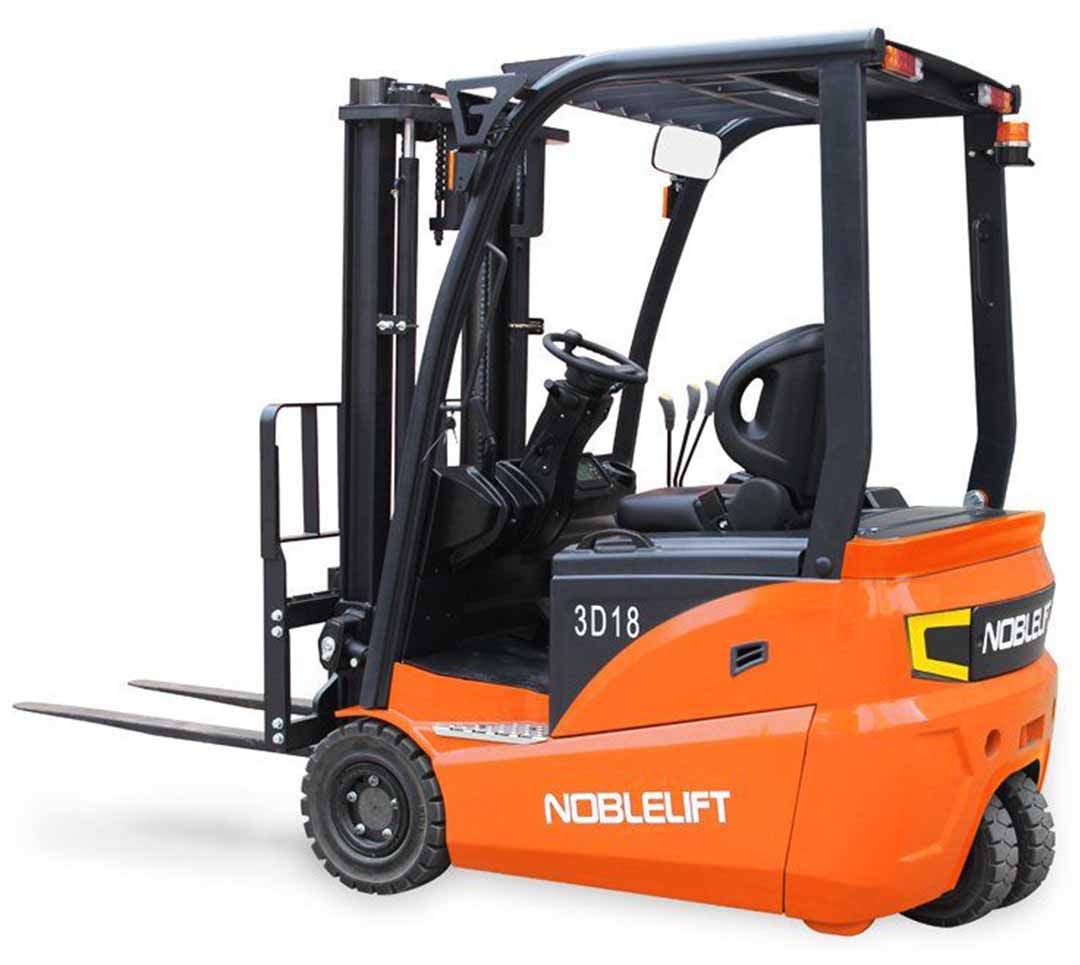lpg forklifts
Title: The Push and Pull of LPG Forklifts: Unraveling the Pros and Cons
The highs of LPG Forklifts
LPG forklifts are the energizer bunnies of the warehouse world. Not only can they power through multiple shifts without the need for battery change-outs, but their refueling process is also impressively quick. Productivity up, downtime down. A business mantra these forklifts live by.
Next up, their impressive oomph. LPG forklifts pack a significant punch when it comes to power, easily outclassing their electric brethren. Heavy lifting? A non-issue. Tough terrains? Bring it on! Their raw, unadulterated strength makes them indispensable in industries with intense heavy-lifting demands.
But wait, there's more! Ever-conscious of environmental concerns, LPG forklifts are surprisingly eco-friendly. Emitting less carbon dioxide than diesel models, these mean green lifting machines cater to the environmentally conscious warehouse operator.
The Lows of LPG Forklifts
But let's pivot. Every silver lining has a cloud, and LPG forklifts are no exception. The noise and vibration these behemoths generate can lead to operator discomfort, potentially impacting productivity over time. Comfortable operators are efficient operators. So, remember to consider the ergonomics.
Another hurdle is the need for a well-ventilated workspace. Although cleaner than diesel, LPG forklifts do emit exhaust gases that necessitate a well-circulated environment to ensure the safety and health of workers.
The question of cost is a two-sided coin. While LPG fuel costs are generally less than diesel, it's more expensive than electricity. Plus, the ongoing costs of cylinder replacement and maintenance can stack up, adding an additional financial consideration for businesses.
In Conclusion
LPG forklifts, like Sisyphus, carry the weight of their benefits and drawbacks up the hill of industrial choice. Power and performance balanced against environmental and cost considerations, convenience versus comfort, a tussle as old as time.
So, before you saddle up on your trusty LPG forklift, consider the full picture. Only then can you confidently steer your business towards efficiency, productivity, and growth. After all, choosing the right forklift is not just about power; it's about balance.

